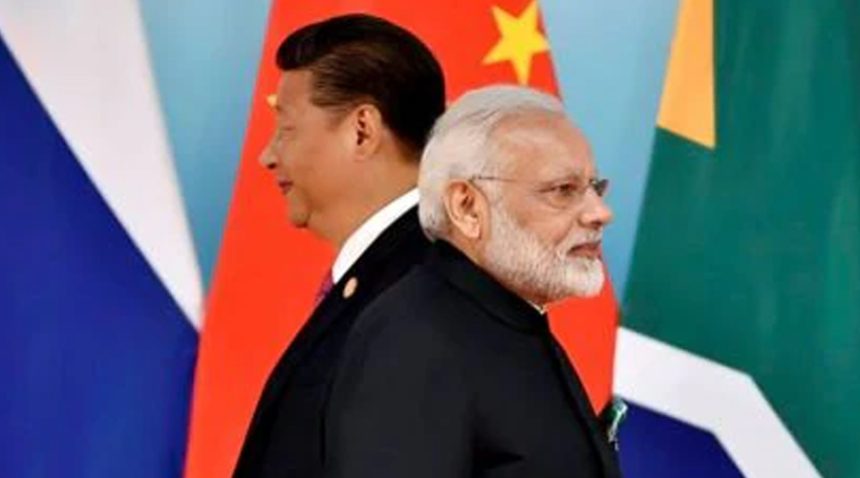Explore the risks, rewards, and smarter strategies shaping India’s trade future
India’s trade deficit with China has reached a record $99.2 billion in the fiscal year 2024–25, This largely shines a light on the significant imbalance in the bilateral trade relations. T
he widening deficit has been, therefore, sparking enough debate about whether India should go for a Trump-like trade policy to deal with China’s economic offenses.
Currently Trade Dynamics
Imports from China surged to $113.5 billion, up 11.5 percent from the preceding year, while exports to China fell 14.5 percent, to only $14.3 billion. This situation highlights India’s determinedly big dependence on China for goods, among many things, in electronics, electric batteries, and solar cells. This dependence is compounded by the advent of export sectors within India, like electronics and pharmaceuticals, which have Chinese components as their base.
The Trump Way: A Brief Overview of Trade Policy
Under former U.S. President Donald Trump, trade policy entailed imposing high tariffs on China in an attempt to stave off the trade deficit and ultimately to boost domestic manufacturing. This led to an escalation of tensions in trade between the U.S. and China at the cost of hurting global supply chains and economic relations.
Potential Consequences for India
Imposition of Tariffs
Implementing an equivalent tariff regime could safeguard Indian industries from cheap imports from China. For instance, India has already imposed tariffs of 12-30 percent on some steel imports from China and Vietnam in order to support its domestic steel industry.
Supply Chain Disruption
High tariffs, however, could jeopardise the smooth operation of supply chains, especially in industries where India sources components from China. Higher manufacturing costs may affect the price competitiveness of Indian goods in the international market.
Retaliation
Another possibility will be that retaliatory measures could include counter tariffs or trade barriers from China, thus hurting exports from India; such barring would lead to escalation of conflict to a trade war and hurt both economies.
Alternative Strategy
Trade Diversification
India must direct its trade diversification policy away from China and toward strengthening trade links with countries such as the United States-India’s most important trading partner at present and one with growing trade surplus in its favor.
Enhancement of Domestic Manufacturing
That will effectively reduce the trade deficit and is necessary in the domestic manufacturing sector, especially with those industries that have strong dependence on imports from China. Such initiatives include government policies such as the Production Linked Incentive (PLI) scheme to improve and boost local manufacturing and augment import reduction.
Engaging in Diplomatic Negotiations
Engaging in diplomatic negotiations with China to address trade imbalances could be a more sustainable approach. Recently, China expressed willingness to import more Indian goods and urged for a non-discriminatory stance for its firms, indicating openness to dialogue.
While a Trump-style aggressive trade policy might offer short-term relief by protecting domestic industries, it carries significant risks, including supply chain disruptions and potential trade wars. A balanced approach that combines strategic protectionism with efforts to enhance domestic manufacturing and diversify trade partners may offer a more sustainable solution to India’s trade dilemma with China.






